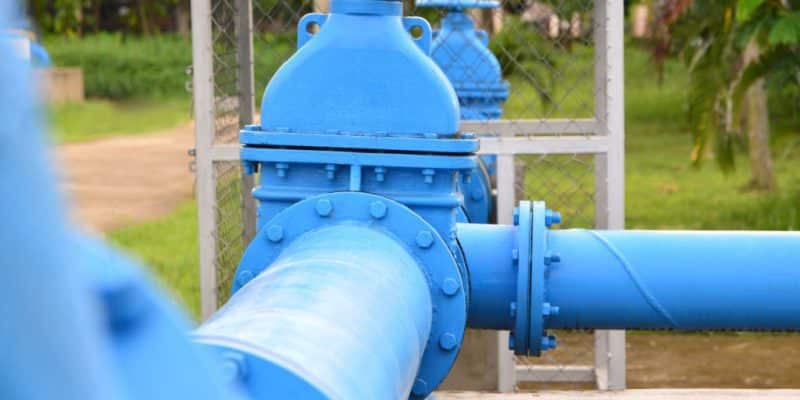A five-year program to support water sanitation and hygiene services is being funded in Kenya by USAID (U.S. Agency for International Development). An approximated $130 million will be required to fund the recently launched project.
The program’s goal, according to USAID, is to bolster water sanitation, as well as hygiene services in communities, particularly those in arid and semi-arid areas (Asal). For the next five years, the US agency aims to reach 1.6 million people with the project’s drinking water component.
Read also: Z$77.3 bn set aside for irrigation and drinking water projects in Zimbabwe
The construction of new infrastructure dedicated to pumping, storing, and distributing drinking water would provide access to primary or better water services for the people. Kenyan authorities expect that by 2021, 70% of the people will have water that is safe to drink.
Why the USAID is carrying out the water sanitation and hygiene services program
The objective is to provide universal coverage for all Kenyans by 2030.
By constructing new facilities, like restrooms, the five-year program will also strengthen or improve basic sanitation services for 1 million individuals in the country. Kenya is one of 26 nations that account for 90% of open defecation worldwide. This is according to the United Nations Children’s Fund (UNICEF).
According to the 2019 Kenya Population and Housing Census, 15 counties—Baringo, Garissa, Homa Bay, Isiolo, Kajiado, Kilifi, Kwale, Mandera, Marsabit, Narok, Samburu, Tana River, Turkana, Wajir, and West Pokot, account for nearly 85% of these open defecations, which is contributing to the spread of waterborne diseases.
The East African country is accustomed to receiving support from the U.S. financial institution. It also expects USAID to spend roughly $130 million to complete the program.
The USAID set aside $19.8 million in October 2022 for the Western Kenya Water Project (WKWP). The allocation is to strengthen the provision of safe water for drinking in eight Kenyan counties. These counties include Kisii, Bungoma, Homa Bay, Kakamega, Busia, Kisumu, Migori, and also Siaya.
In order to address the global water crisis, USAID will also collaborate with other organizations, governments, and communities. By 2030, the institution estimates that universal coverage will be achievable with a yearly investment of $600 million more.

